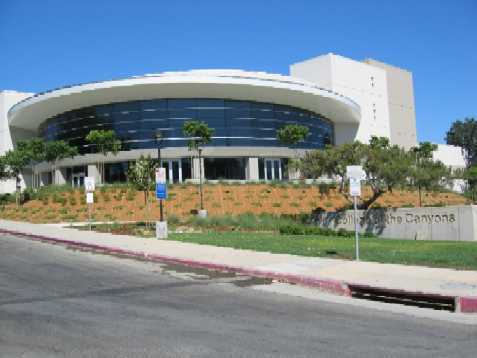Introduction
If there is one institution that epitomizes the past and present of the Santa Clarita Valley, College of the Canyons is that institution. In the late 1960s, residents of this valley, which was then a sleepy location hardly recognizable from the fast-paced metropolis it is today, voted for the creation of a junior college. The voting took place in 1967, the very same year in which the master-planned community of Valencia was beginning to take shape.
The college was initially known as the Santa Clarita Valley Junior College District and it opened its doors to the first batch of students in September 1969. The first campus was located inside Hart High School and, while this allowed the college to commence activities immediately, it also limited the college’s ability to offer its desired full-range of academic services since classes could only be conducted late in the afternoon as high school students would be using the college rooms the rest of the time.
Real construction began in 1972 with funds raised through a bond issue. Some of the buildings envisaged in the college’s original master-plan were not erected immediately but important buildings such as the laboratory center, the instruction resource center and the physical education center, among others, were built. Expansion followed through the years and culminated in the construction of the Physical Education Complex in 1976. While the college admitted only 735 students in its first year, enrollments have continued to grow over the years and by 1974, it was admitting more than 2500 students.



